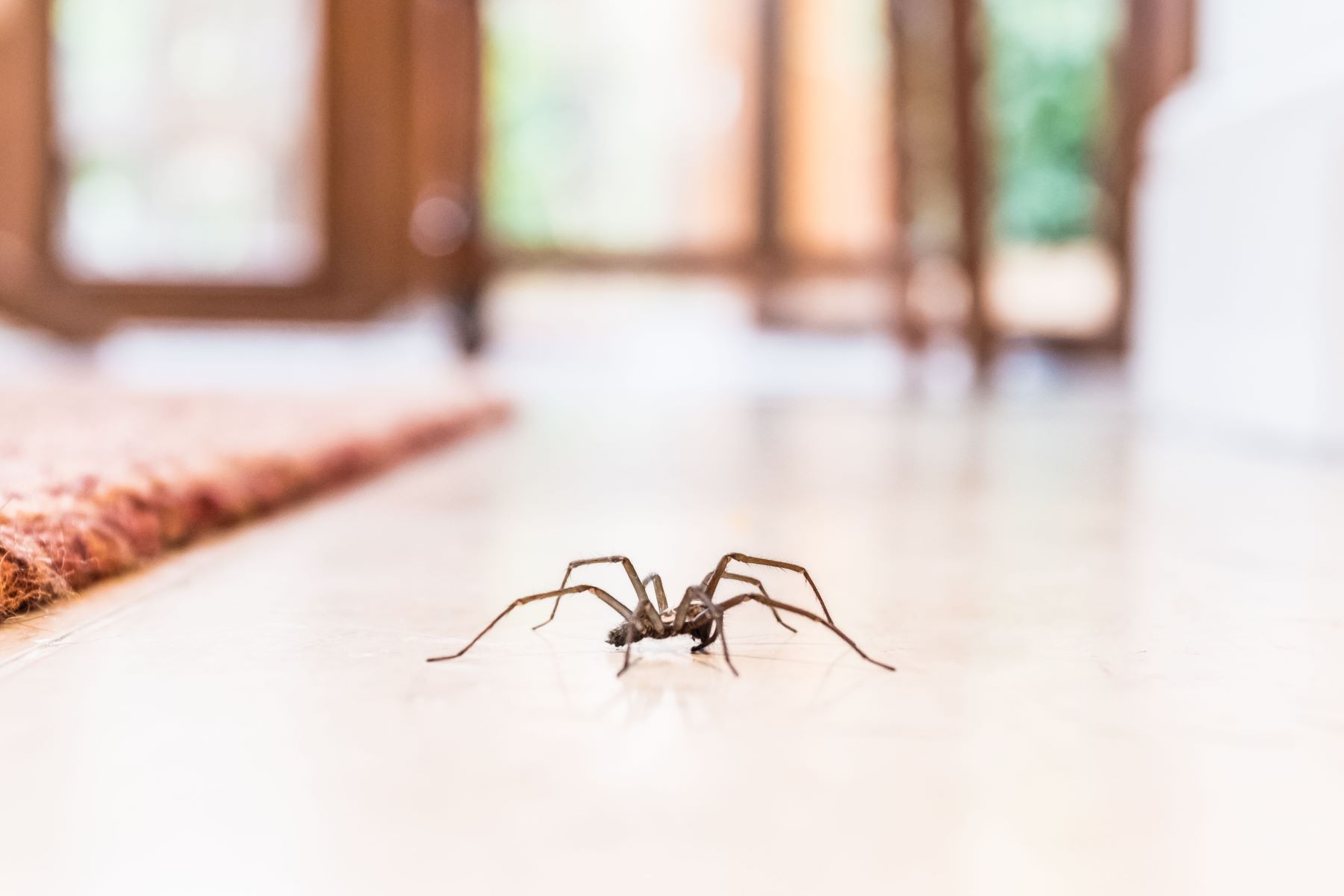
The common house spider, scientifically known as Tegenaria domestica, is a fascinating creature that can be found in households around the world. Despite their reputation for being creepy and unwelcome guests, these eight-legged wonders play an essential role in controlling other insects’ populations and maintaining the delicate balance of nature. In this article, we delve into the enigmatic world of common house spiders and uncover 16 intriguing facts that will leave you amazed and appreciative of their presence. From their incredible hunting abilities to the peculiarities of their behavior, prepare to be captivated by these small yet captivating arachnids. So, get ready to shed your fears and embark on a journey to understand common house spiders like never before.
Key Takeaways:
- Spiders are arachnids, not insects, and play a crucial role in controlling insect populations in our homes, making them helpful and beneficial creatures to have around.
- House spiders are generally harmless, shy, and prefer to avoid confrontation. They use their strong silk webs to catch prey and help maintain the natural balance of our ecosystems.
Spiders belong to the arachnid family.
These eight-legged creatures are not insects but are classified as arachnids, along with scorpions, mites, and ticks. They have two body parts: the cephalothorax and the abdomen.
There are approximately 40,000 different spider species.
With a wide variety of species, spiders can be found in nearly every habitat on Earth, from deserts to forests and even underwater.
The common house spider is scientifically known as Tegenaria domestica.
This species is found worldwide and is well-adapted to living in human dwellings, hence its name “house spider.
House spiders are generally harmless to humans.
While some people may have arachnophobia, house spiders are typically harmless and help control populations of other insects in our homes.
They are not aggressive and prefer to avoid confrontation.
House spiders are generally shy creatures that prefer to hide in dark corners and crevices rather than engage in aggressive behavior towards humans.
House spiders can live for several years.
On average, house spiders have a lifespan of about 1-2 years, but some individuals can survive for up to 5 years if they have access to food and suitable living conditions.
The silk of a spider’s web is incredibly strong.
Spider silk is known to be one of the strongest natural materials, pound for pound. It is even stronger than steel and more elastic than nylon.
House spiders use their webs to catch prey.
They spin intricate webs to capture insects such as flies, mosquitoes, and ants. Once trapped, the spider injects venom to paralyze its prey before consuming it.
House spiders typically molt several times during their lifetime.
As spiders grow, they shed their exoskeleton in a process called molting. This allows them to grow larger and replace any damaged body parts.
Female house spiders are usually larger than males.
The females are generally larger and heavier than the males of the same species. This size difference is thought to be due to the female’s need to carry and protect their eggs.
House spiders have multiple pairs of eyes.
Most species of house spiders have eight eyes arranged in different patterns. These eyes help them detect movement and sense their surroundings.
Spiders are efficient predators.
House spiders play an important role in controlling the population of insects in our homes. By capturing and consuming other pests, they help maintain the natural balance of our ecosystems.
Some house spiders exhibit cannibalistic behavior.
In certain conditions, when resources are scarce, house spiders may resort to cannibalism, where larger individuals prey on smaller ones of their own species.
House spiders rely on vibrations to sense their environment.
Spiders have tiny hairs on their body and legs that can detect the slightest vibrations, allowing them to perceive threats or the presence of potential prey.
Male house spiders perform elaborate mating rituals.
Male spiders often engage in intricate courtship displays to attract a female mate. These rituals can involve intricate movements and actions to woo their potential partners.
House spiders can be beneficial for humans.
Despite their reputation, house spiders can actually be helpful in controlling populations of other pests, reducing the need for chemical pesticides in our homes.
Conclusion
Common house spiders may be small and often go unnoticed, but they possess fascinating and enigmatic characteristics. From their intricate silk webs to their venomous bite, these arachnids have adapted to thrive in our homes. Understanding their behavior and biology can help us coexist with these remarkable creatures. So, the next time you come across a common house spider, take a moment to appreciate the complexity and ingenuity of this everyday arachnid.
FAQs
Q: Are common house spiders dangerous?
A: Common house spiders are generally not dangerous to humans. They usually only bite when threatened, and their venom is not harmful unless you have an allergic reaction.
Q: How long do common house spiders live?
A: Common house spiders have a lifespan of about one to two years, but this can vary depending on their environment and access to resources.
Q: How many eggs can a common house spider lay?
A: Female common house spiders can lay hundreds of eggs in a sac and can produce multiple sacs in their lifetime.
Q: Can common house spiders fly?
A: No, common house spiders cannot fly. They rely on their webs and legs to move around and catch prey.
Q: How do common house spiders catch their prey?
A: Common house spiders use their silk to create intricate webs to catch their prey. Once an insect gets trapped, the spider will quickly immobilize it with its venom.
Was this page helpful?
Our commitment to delivering trustworthy and engaging content is at the heart of what we do. Each fact on our site is contributed by real users like you, bringing a wealth of diverse insights and information. To ensure the highest standards of accuracy and reliability, our dedicated editors meticulously review each submission. This process guarantees that the facts we share are not only fascinating but also credible. Trust in our commitment to quality and authenticity as you explore and learn with us.


